Knowledge Demands Change Faster Than Every Other Part Of Education
Give me a curriculum based on people–based on their habits and thinking patterns in their native places and a genuine need to understand.
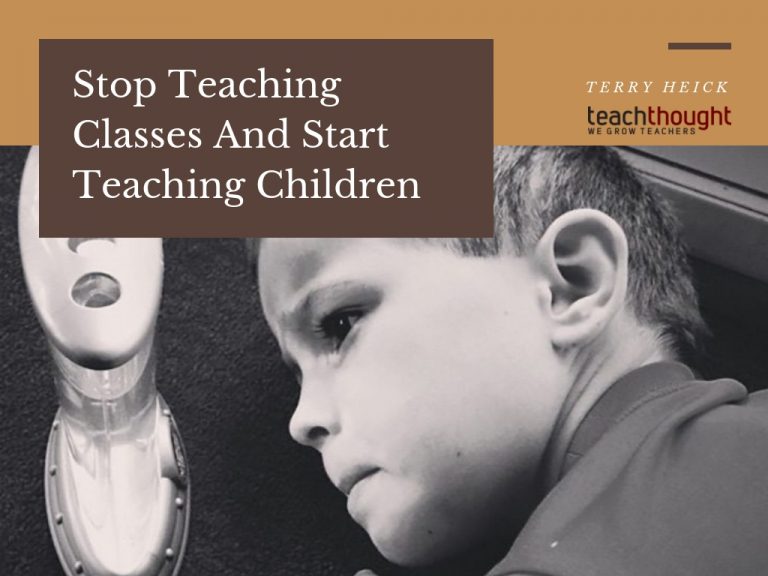
Give me a curriculum based on people–based on their habits and thinking patterns in their native places and a genuine need to understand.
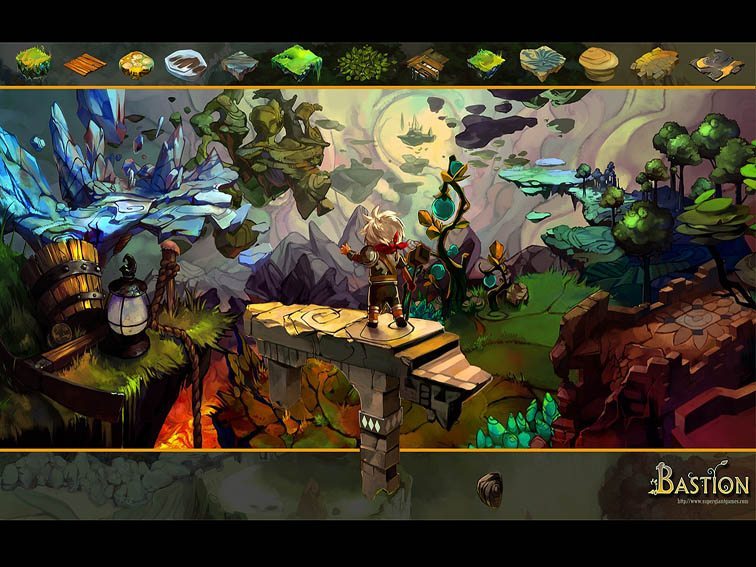
Video games are increasingly used to confront social and cultural issues that are otherwise problematic to address with a raging troll-fest.
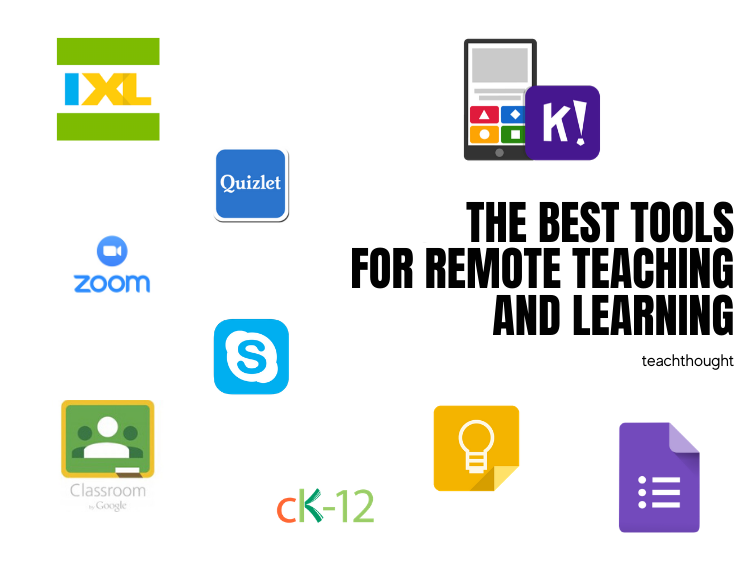
From screencasting tools to content hubs to streaming and whiteboard collaboration, here are the best remote teaching tools we could find.
Reader’s theater is a collaborative literacy activity, for all ages, that incorporates reading, writing, speaking, and listening.
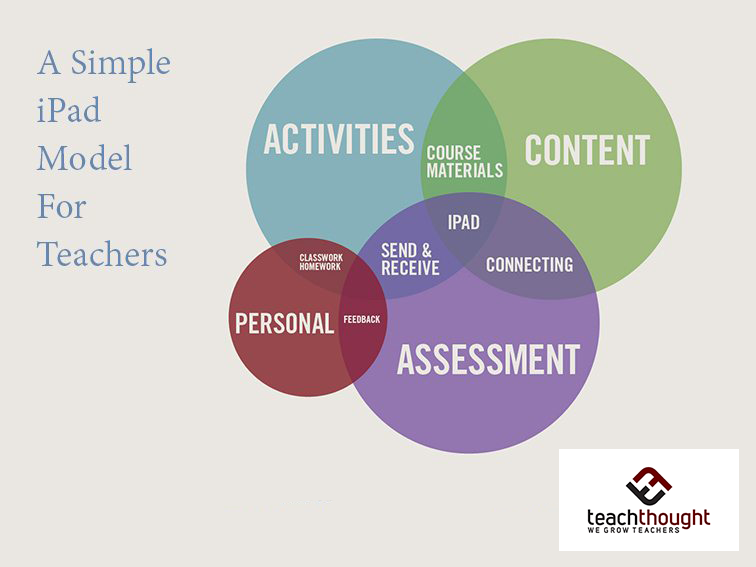
How can the iPad promote a broader set of evidence of understanding? How can it promote the assessment of higher-order thinking skills?
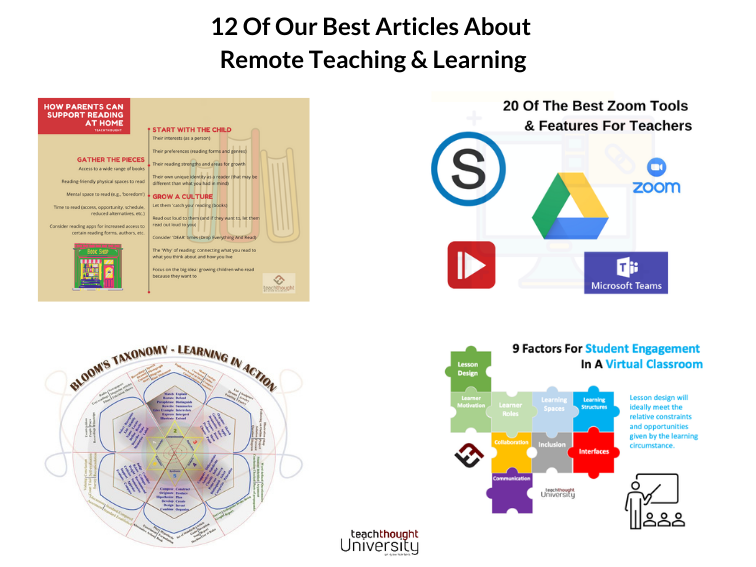
From Zoom tools to types of blended learning to principles of student engagement, here are 12 articles about remote teaching and learning.

Integrating technology into teaching and learning is like adding electricity to architectural design: embedded from the beginning.

Of course, you won’t always be correct but the goal of these kinds of positive assumptions isn’t accuracy, it’s giving children room to grow.
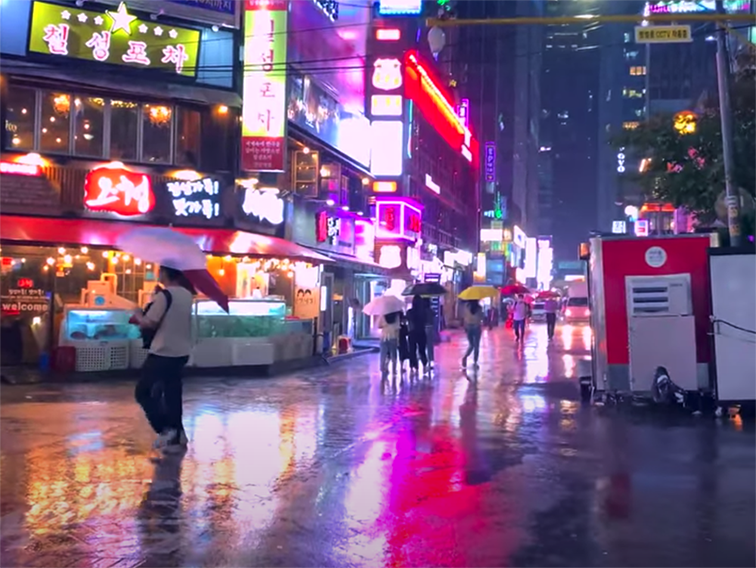
The idea here is digital movement through physical spaces–to see and witness places like Seoul if only, for now, through a screen.
As organizations choose flexible working arrangements, there is hope for a more modern outcomes-based, self-directed learning pattern.

Reflection is important in teaching — it prompts investigation of values, beliefs, & biases as teachers work to engage & transform students.
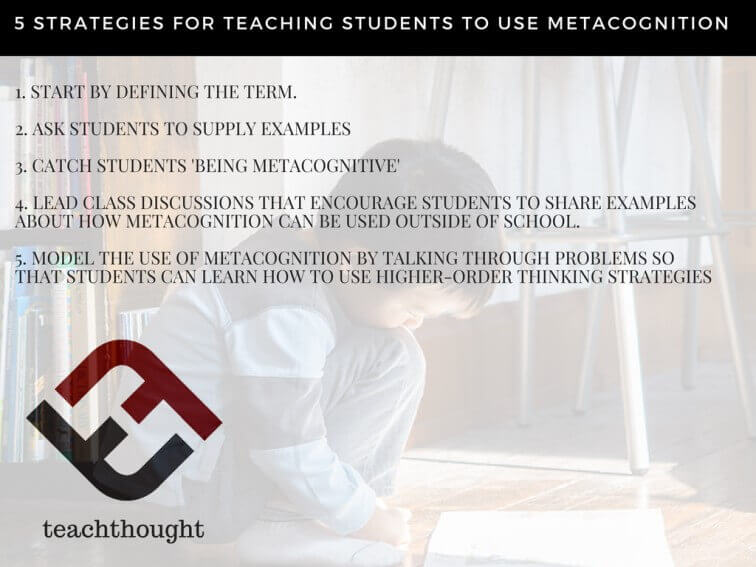
Teaching strategies for student metacognition include modeling it, defining it, and clarifying how it helps them beyond the classroom.